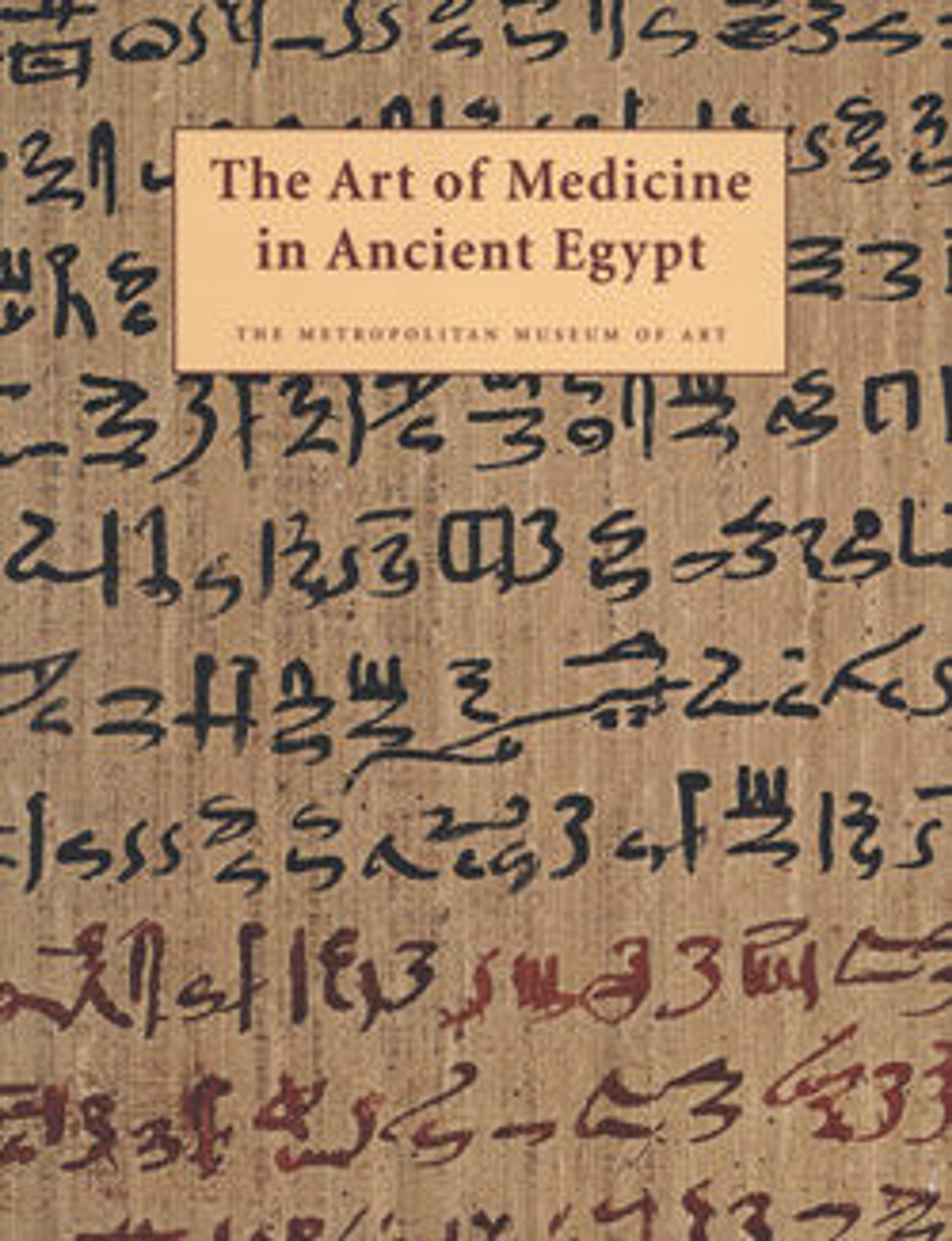Statue of the Goddess Sakhmet
It was long thought that the king himself had erected statues in both places, but today many scholars believe that originally the statues all stood at the Kom el Heitan mortuary temple. There they formed part of Amenhotep’s massive statuary program. The Sakhmet statues have convincingly been shown to have constituted a "litany in stone" that appeased the goddess and invoked her not to use her negative powers, thereby delivering the king from illness and evil for a year. Based on our understanding of the litany, there may originally have been 730 statues, one seated and one standing for each day of the year. Moreover, it has been theorized they were arranged, along with other divine statues, across the giant courts at Kom el Heitan to form a vast celestial map that served as the king's eternal ritual calendar.
The mortuary temple of Amenhotep III apparently began to suffer from rising groundwater not long after its construction, and statues and building materials within its precinct were removed to other sites. Many of the statues of Sakhmet thus had a second stage of life after their original deployment. The violent and powerful goddess was linked with the goddess Mut, wife of Amun, who was worshipped in the Precinct of Mut south of Karnak temple. Statues of Sakhmet had probably already begun to be moved to the Mut temple complex by the Nineteenth Dynasty as the two goddesses became more closely identified, and then a number of Sakhmet statues at the complex bear added names indicating the attention of rulers of the Third Intermediate Period, when alternately fierce and gentle goddesses with lion aspects, including Sakhmet and Mut, acquired great religious influence.
Artwork Details
- Title:Statue of the Goddess Sakhmet
- Period:New Kingdom
- Dynasty:Dynasty 18
- Reign:reign of Amenhotep III
- Date:ca. 1390–1352 B.C.
- Geography:From Egypt, Upper Egypt, Thebes, Karnak
- Medium:Granodiorite
- Dimensions:h. 210 cm (82 11/16 in); w. of base 47.5 cm (18 11/16 in); d. 95.5 cm (37 5/8 in)
- Credit Line:Gift of Henry Walters, 1915
- Object Number:15.8.2
- Curatorial Department: Egyptian Art
Audio
3274. Statue of the Goddess Sakhmet
Gallery 135
Let us introduce you to the goddess Sakhmet. She has the head of a lioness atop a woman’s body. Around her feline head, and forming a visual juncture to the human body, is a wig. She also wears jewelry: a large, beaded collar, as well as anklets and bracelets. Above her head is a large sun disc, representing Sakhmet’s association with the Sun God, who was her father.
Sakhmet was a particularly ferocious goddess; a bringer of violence, illness, and war. But in her outstretched fist, on her lap, she’s clutching an ankh, the symbol for life. Like many Egyptian deities, Sakhmet embodied a duality. While she had the power to bring illness and destruction, she also could offer health and restoration. In fact, Egyptian physicians saw the treatment of illness in part as a way to appease Sakhmet—and for that reason, physicians were usually priests of the goddess.
One pharaoh—Amenhotep the Third—commissioned over six hundred statues of Sakhmet for his mortuary temple. One theory of why he did this was in response to a series of epidemics that ravaged the Near East during his reign—either to ward them off, or to give thanks for being delivered from them.
More Artwork
Research Resources
The Met provides unparalleled resources for research and welcomes an international community of students and scholars. The Met's Open Access API is where creators and researchers can connect to the The Met collection. Open Access data and public domain images are available for unrestricted commercial and noncommercial use without permission or fee.
To request images under copyright and other restrictions, please use this Image Request form.
Feedback
We continue to research and examine historical and cultural context for objects in The Met collection. If you have comments or questions about this object record, please contact us using the form below. The Museum looks forward to receiving your comments.
